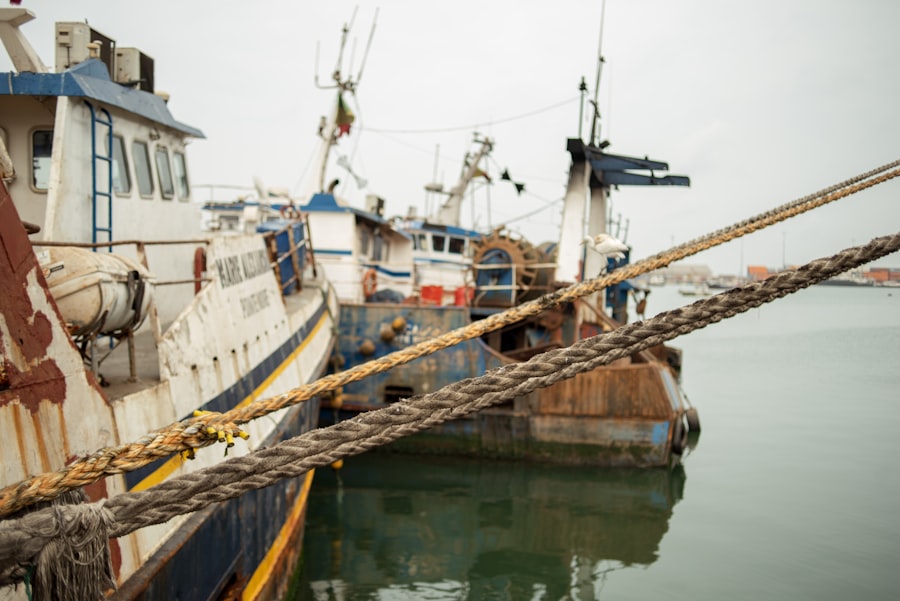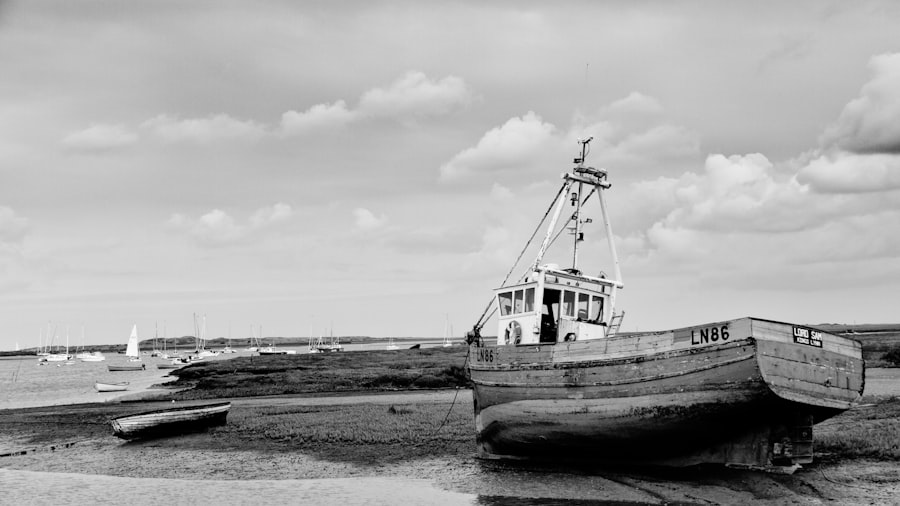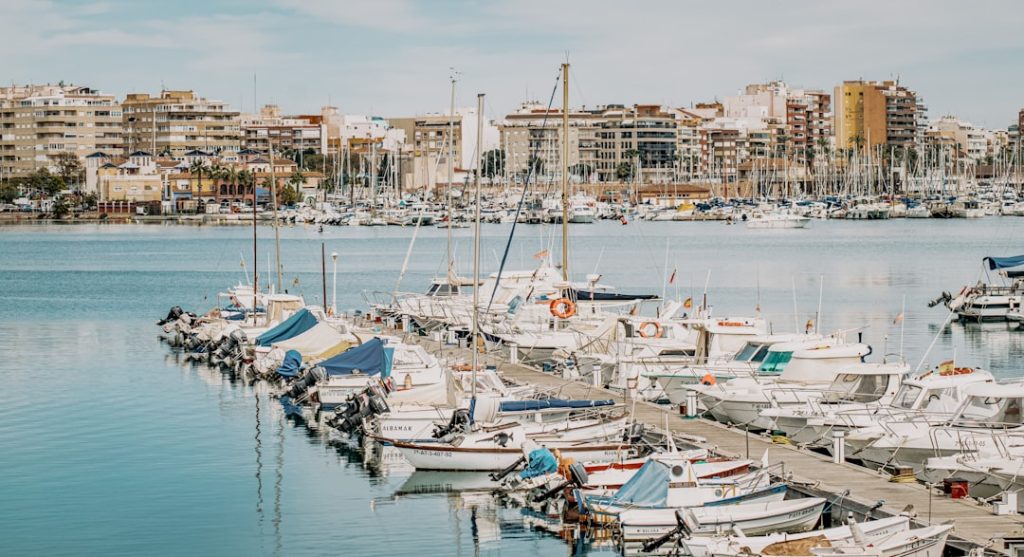Before embarking on the journey of purchasing a fishing boat, it is crucial to first understand your specific fishing needs. The type of fishing you intend to pursue—whether it be freshwater, saltwater, or fly fishing—will significantly influence the kind of boat that best suits your requirements. For instance, if you are primarily interested in freshwater fishing in lakes and rivers, a smaller, more maneuverable boat may be ideal.
Conversely, if your passion lies in deep-sea fishing, you will need a larger vessel equipped to handle rough waters and extended trips. Additionally, consider the number of people you typically fish with. A solo angler may find a kayak or a small skiff sufficient, while a family outing might necessitate a larger boat with ample seating and storage.
Think about the types of fish you aim to catch and the gear you will need to bring along. This includes not only fishing rods and tackle but also safety equipment, coolers for your catch, and possibly even amenities for comfort during longer excursions. By clearly defining your fishing needs, you can narrow down your options and make a more informed decision when selecting a boat.
Key Takeaways
- Assess your specific fishing needs before choosing a boat type.
- Explore different fishing boat types to find the best fit for your activities.
- Set a clear budget and consider financing options for purchasing your boat.
- Thoroughly research sellers and inspect used boats to ensure quality.
- Regular maintenance and possible customization enhance your fishing boat’s performance.
Types of Fishing Boats
The market offers a diverse array of fishing boats, each designed for specific environments and fishing styles. Among the most popular types are bass boats, which are typically designed for freshwater fishing and feature a flat bottom for stability and speed. These boats often come equipped with powerful trolling motors and ample storage for tackle and gear, making them ideal for anglers targeting bass in lakes and rivers.
On the other end of the spectrum are offshore fishing boats, which are built to withstand the rigors of ocean conditions. These vessels are generally larger and more robust, featuring deep V-hulls that provide better handling in choppy waters. They often come equipped with advanced navigation systems, fish finders, and live wells to keep bait fresh.
For those who prefer a more traditional approach, center console boats offer versatility for both inshore and offshore fishing, allowing anglers to easily move around the boat while casting lines. In addition to these options, inflatable boats and kayaks have gained popularity among anglers seeking portability and ease of use. These vessels are lightweight and can be easily transported to remote fishing spots.
They are particularly well-suited for small lakes or rivers where larger boats cannot access. Each type of fishing boat has its own set of advantages and disadvantages, making it essential to evaluate your specific needs against the features offered by different models.
Budgeting for Your Fishing Boat

When it comes to budgeting for a fishing boat, it is essential to consider not only the initial purchase price but also the ongoing costs associated with ownership. The price range for fishing boats can vary dramatically based on size, brand, and features. A basic kayak may cost as little as a few hundred dollars, while high-end offshore vessels can run into the hundreds of thousands.
Establishing a clear budget will help you focus on options that are financially feasible. In addition to the purchase price, factor in expenses such as insurance, maintenance, fuel, and storage. Insurance is particularly important as it protects your investment against potential damages or theft.
Maintenance costs can also add up over time; regular servicing is necessary to keep your boat in optimal condition. Fuel expenses will depend on how often you plan to use the boat and the type of engine it has. Lastly, consider where you will store your boat when not in use—whether at home or in a marina—as this can also impact your overall budget.
It is wise to create a detailed financial plan that outlines all potential costs associated with owning a fishing boat. This will not only help you avoid unexpected expenses but also ensure that you can enjoy your time on the water without financial strain.
Researching Fishing Boat Sellers
| Seller Name | Location | Boat Types Available | Average Price Range | Customer Rating (out of 5) | Years in Business | Warranty Offered |
|---|---|---|---|---|---|---|
| Oceanic Boats | Florida, USA | Fishing, Sport, Commercial | 20,000 – 150,000 | 4.5 | 15 | 3 years |
| Seaside Marine | California, USA | Fishing, Kayaks, Yachts | 15,000 – 120,000 | 4.2 | 10 | 2 years |
| Harbor Boat Sales | Texas, USA | Fishing, Pontoon, Bass Boats | 10,000 – 80,000 | 4.0 | 8 | 1 year |
| Bluewater Traders | Washington, USA | Fishing, Commercial, Trawlers | 25,000 – 200,000 | 4.7 | 20 | 5 years |
| Mariner’s Choice | Florida, USA | Fishing, Sailboats, Speedboats | 18,000 – 130,000 | 4.3 | 12 | 3 years |
Once you have established your budget and identified your needs, the next step is to research potential sellers. This process involves looking into both new and used boat dealerships as well as private sellers. Each option has its own set of advantages; dealerships often provide warranties and financing options, while private sellers may offer lower prices.
When considering dealerships, look for those with a solid reputation in the boating community. Online reviews and testimonials can provide valuable insights into customer experiences. Additionally, visit local boat shows or expos where various dealers showcase their inventory; this allows you to compare different models side by side and ask questions directly to sales representatives.
For those leaning towards purchasing from private sellers, platforms like Craigslist or Facebook Marketplace can be useful resources. However, exercise caution when dealing with private transactions; always verify the seller’s credibility and ensure that the boat’s title is clear before making any commitments. Engaging with local fishing communities or forums can also yield recommendations for trustworthy sellers.
Inspecting a Used Fishing Boat
If you decide to purchase a used fishing boat, conducting a thorough inspection is paramount to ensure you are making a sound investment. Start by examining the hull for any signs of damage or wear. Look for cracks, blisters, or signs of previous repairs that could indicate underlying issues.
A well-maintained hull is crucial for both performance and safety on the water. Next, inspect the engine carefully. Check for any leaks or corrosion around the engine compartment and ensure that all components are functioning properly.
If possible, request maintenance records from the seller to gain insight into how well the engine has been cared for over time. Additionally, take the boat for a test drive if feasible; this will allow you to assess its handling and performance firsthand. Don’t overlook the interior features either; inspect storage compartments for mold or water damage and ensure that all electronics—such as fish finders and GPS systems—are operational.
Bringing along a knowledgeable friend or hiring a marine surveyor can provide an extra layer of assurance during this process.
Financing Options for Your Fishing Boat

Financing a fishing boat can be an essential step for many buyers who may not have the full purchase price available upfront. Various financing options exist, each with its own terms and conditions. Traditional bank loans are one common route; these typically require good credit scores and may involve lengthy approval processes but often offer competitive interest rates.
Another option is dealer financing, where the dealership provides financing directly to buyers. This can be convenient as it allows you to complete the purchase in one location; however, it’s important to compare interest rates with other lenders to ensure you’re getting a good deal. Some dealerships may also offer promotional financing options during certain times of the year.
For those looking at used boats, personal loans can be an alternative financing method. These loans are generally unsecured and can be used for various purposes, including purchasing a boat. However, they may come with higher interest rates compared to secured loans tied directly to the boat itself.
Customizing Your Fishing Boat
Once you have acquired your fishing boat, customizing it can enhance both its functionality and comfort on the water. Customization options vary widely depending on your preferences and budget. One popular modification is adding additional storage solutions; this could include tackle boxes or rod holders that keep your gear organized and easily accessible.
Another area for customization is electronics; upgrading your fish finder or adding GPS navigation systems can significantly improve your fishing experience by helping you locate fish more effectively. Some anglers opt for advanced sonar technology that provides real-time data about underwater structures and fish movements. Comfort features should not be overlooked either; adding cushioned seating or shade structures can make long days on the water much more enjoyable.
Additionally, consider installing a live well system if you plan on keeping your catch fresh during outings. Customizing your boat allows you to tailor it specifically to your fishing style and preferences.
Maintaining Your Fishing Boat
Proper maintenance is essential for ensuring that your fishing boat remains in good condition over time. Regular cleaning is one of the simplest yet most effective ways to prolong its lifespan; rinse off saltwater after each use if you fish in saltwater environments to prevent corrosion. Additionally, check for any debris or algae buildup on the hull that could affect performance.
Routine inspections should also be part of your maintenance regimen; regularly check the engine oil levels, battery condition, and fuel system for any signs of wear or damage. Following the manufacturer’s recommended maintenance schedule is crucial; this often includes seasonal checks before launching your boat each year. Winterizing your boat is another important aspect of maintenance if you live in an area with cold winters.
This process typically involves draining water from the engine and adding antifreeze to prevent freezing damage during colder months. By committing to regular maintenance practices, you can ensure that your fishing boat remains reliable and ready for countless adventures on the water.


